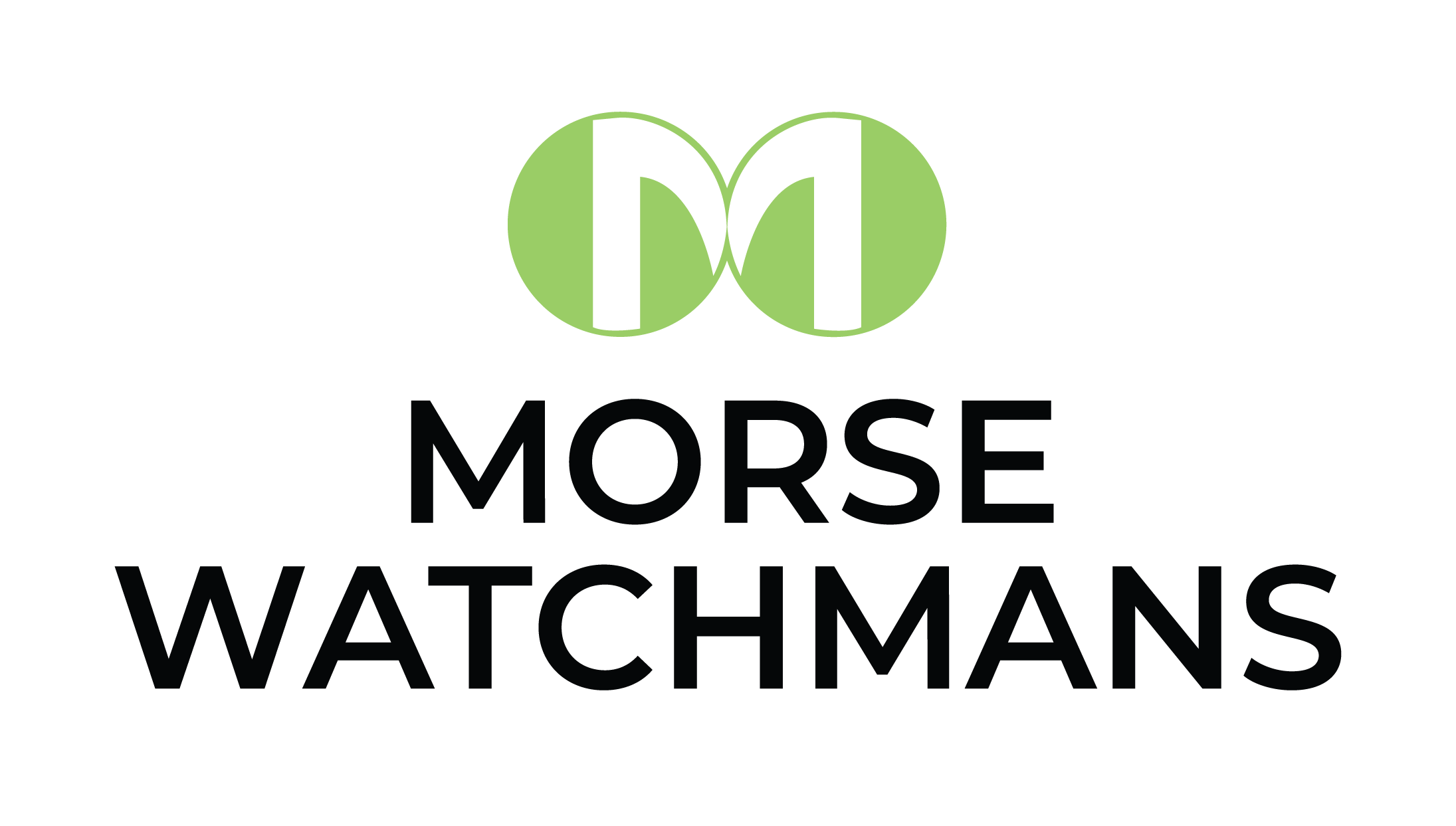Almost without exception, facility, security and IT management are under increased pressure in today’s security-conscious environment to ensure and maintain the safety and security of people, assets and premises. At the same time, these staff are also tasked with keeping costs at a minimum without affecting operational efficiencies.
One of the ways in which this is being accomplished is by streamlining processes and eliminating redundancies across common points, such as key register systems (also called key management systems) and access control systems. Managed separately, they create unnecessary extra work for staff and leave open the potential for security vulnerabilities. Names that may already be in the access control database have to be entered again into the key register system when the two systems are separately managed. Or, with unaffiliated procedures or alerts, individuals can freely leave the premises with a key still in their possession and the access control system has no way to communicate with the key register system of the individual’s departure from the area.
More and more, end users are demanding increased levels of connectivity between security systems and manufacturers are responding with open architecture solutions. However, just because a security system comes with an SDK (software development kit) or a statement of open architecture, it does not guarantee that a system can be one hundred percent integrated. Only when a system is certified by the manufacturer for use with their product is the end user guaranteed of compatibility.
Factory certification means that the key register system has been tested and that its functionality, security and performance will hold up when integrated with the access control system. For example, key control functions such as access, storage and tracking of keys can be managed through the access control system. Better yet, seamless integration between the two systems reduces the opportunity for manual error by effectively and reliably automating the time-consuming task.
With factory certified integration, users have comprehensive capabilities within one framework and ultimately a more secure environment.
For more information on our systems, contact one of our experts today.



